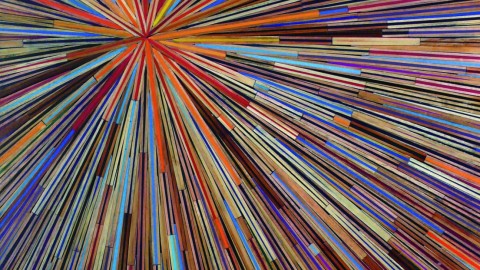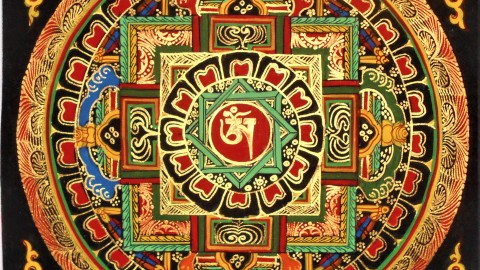Types and Usage
There are mainly four types of Ghee.
1. White Granular Aromatic Ghee: The white granular aromatic ghee is used in making sweets and Indian breads like roti, naan and paranthas and to give more shelf life to the end products. It is prepared from buffalo milk.
2. Golden Brown Fine Granular Ghee: The white granular aromatic ghee is used in making sweets and Indian breads like roti, naan and paranthas and to give more shelf life to the end products.
3. Cow Ghee: The cow ghee is considered very auspicious for religious rituals and also widely used for medicinal purposes such as AYURVEDA.
4. Vegetable Ghee: Vegetable ghee serves as a substitute for traditional ghee, an important ingredient in many Indian dishes. This product is sometimes known as vanaspati or clarified butter.
Both traditional ghee and vegetable ghee have a texture and appearance similar to lard. However, neither of these items contains animal fat.
How do I check the purity of ghee?
Test No 1 : Basic Test
Refrigerate both home made ghee and store bought ghee. Scoop both the ghee in separate spoons and observe it for 2–3 minutes.
Result 1 : Difference in texture.
Result 2 : Store bought ghee melts faster than home made ghee (because of adulteration).
Test No 2 : Coloured oil test.
Home made ghee does not contain any oil, but an oil like layer separates out when you keep it undisturbed for a day or two.
Carefully pour the oil in a glass of warm water and place it in the freezer section for 45 minutes. Take it out and swirl it with a spoon.
Result : You get ghee.
Repeat the same procedure with store bought ghee.
To separate oil from ghee, let it be kept untouched for 3–4 days at a stretch.
Result : You get coloured oil.
Instead of getting ghee if you get coloured oil, it clearly means that the ghee is adulterated with oil.
Test No 3 : Hydrogenated oil test
Scoop a spoon of home made ghee, store bought ghee and vanaspati (hydrogenated oil). Drop it in warm water, use separate spoons to swirl it.
Place these glasses in the freezer section for 1 hour.
Result : Adulterated ghee takes the desired form and does not leave any fat in water (store bought ghee and vanaspati looks the same).
The reason for bringing vanaspati into the picture is just to prove how store bought ghee is adulterated with hydrogenated oils like vanaspati.
Test No 4 : Animal fat test
This is simple. Take a fine coffee filter and drop a spoon of home made ghee and store bought ghee separately.
Let the ghee pass through the filter (if it doesn’t pass through, tap it on a plate).
Result : Adulterated ghee has granules like particles left on the filter.
Which is nothing but added animal fat.
Tags: Be Creative Nourish The Self










